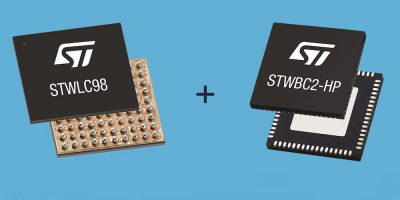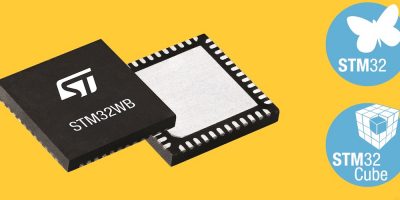Software development and validation for smart camera and automated driving applications in passenger, commercial and off-road vehicles can be accelerated using the R-Car software development kit, says Renesas Electronics. The single, multi-OS software platform is easy for customers to access, learn, use, and install, claims the company.
Deep learning is being used by vehicle manufacturers to enable smart camera applications and automated driving systems. Most however are built on consumer or server applications, which do not operate under the same stringent constraints for functional safety, real-time responsiveness, and low power consumption.
Optimised for use with Renesas’ R-Car V3H and R-Car V3M SoCs, the R-Car SDK is built for rule-based automotive computer vision and AI-based functions. The simulation platform offers both AI and conventional hardware accelerators for accurate simulations in real time. Renesas has already confirmed that it will continue to strengthen this virtual platform. A full suite of development PC-based tools is delivered for both Windows and Linux as well as multiple libraries, including support for deep learning, computer vision, video codecs, and 3D graphics. The SDK supports Linux, multiple ASIL-D-compliant operating systems (e.g., QNX, eMCOS, and Integrity) in a single package.
A version of the e² studio is available for the R-Car V series, focusing on the creation of real-time computer vision applications for ADAS and automated driving. The open-source Eclipse-based development environment includes a full set of debug features and an e² studio GUI (graphics user interface) that allows users to customise and integrate third-party tools. It also supports bus monitoring and debug functionalities for image processing and deep learning subsystems.
Software samples, popular CNN networks, a workshop, and application notes are included for a quick start for development. The SDK is also suitable for benchmarking Renesas products and to select the most appropriate SoC for a target application.
The automatic installer ensures all the software libraries and the development environment can be launched quickly on a development workstation. Applications developed and designed on a PC can be seamlessly ported to embedded development hardware. Renesas’ R-Car partner ecosystem – the R-Car Consortium – will have access to the R-Car SDK.
The R-Car SDK is available now.







